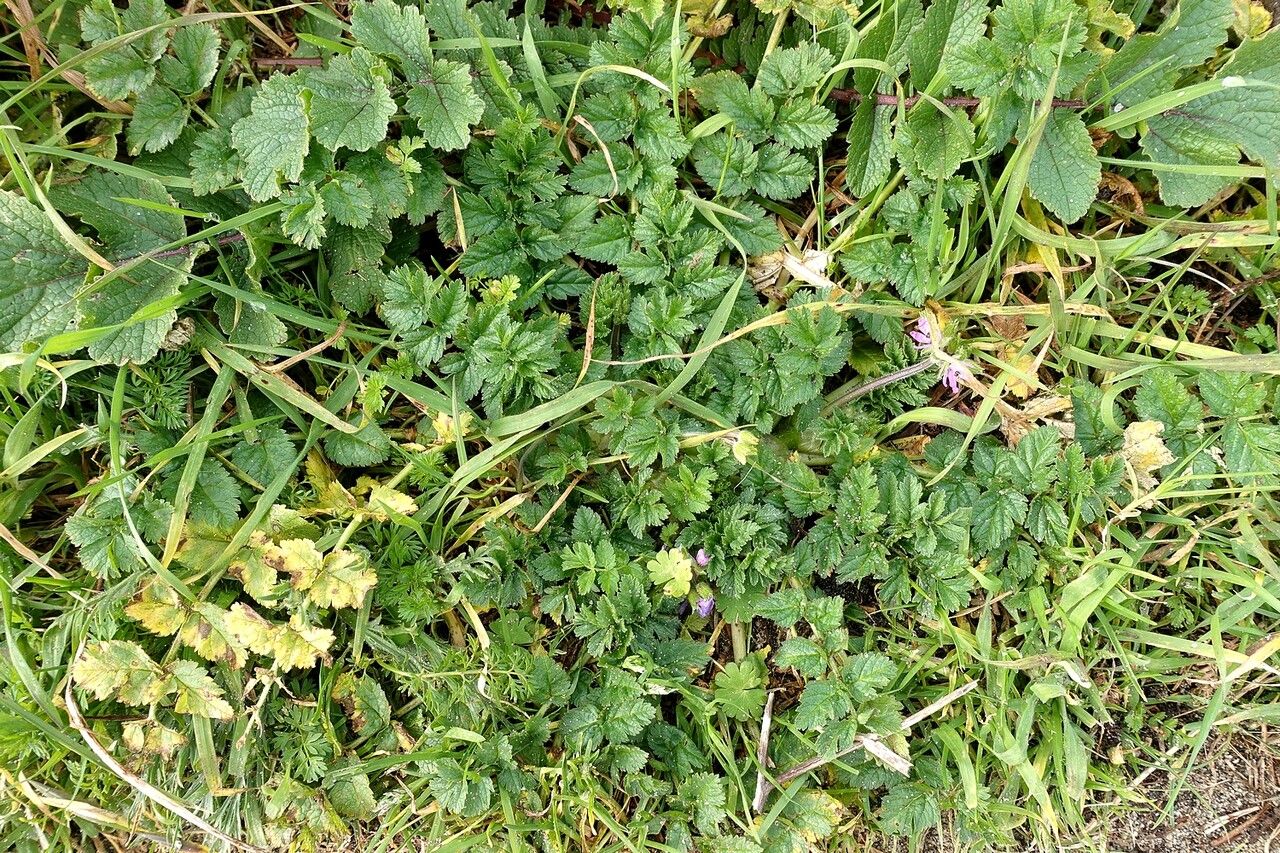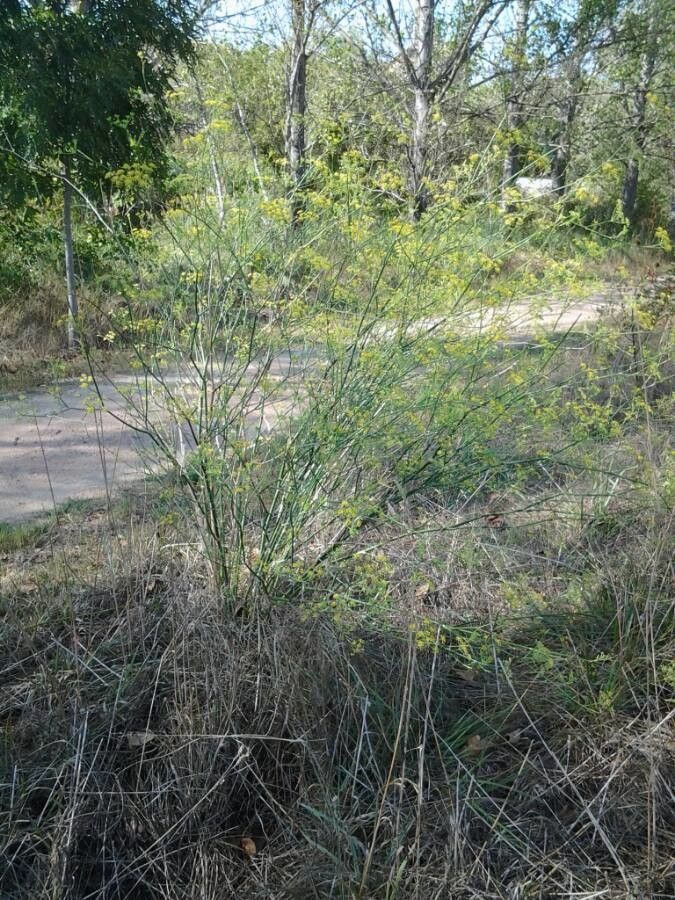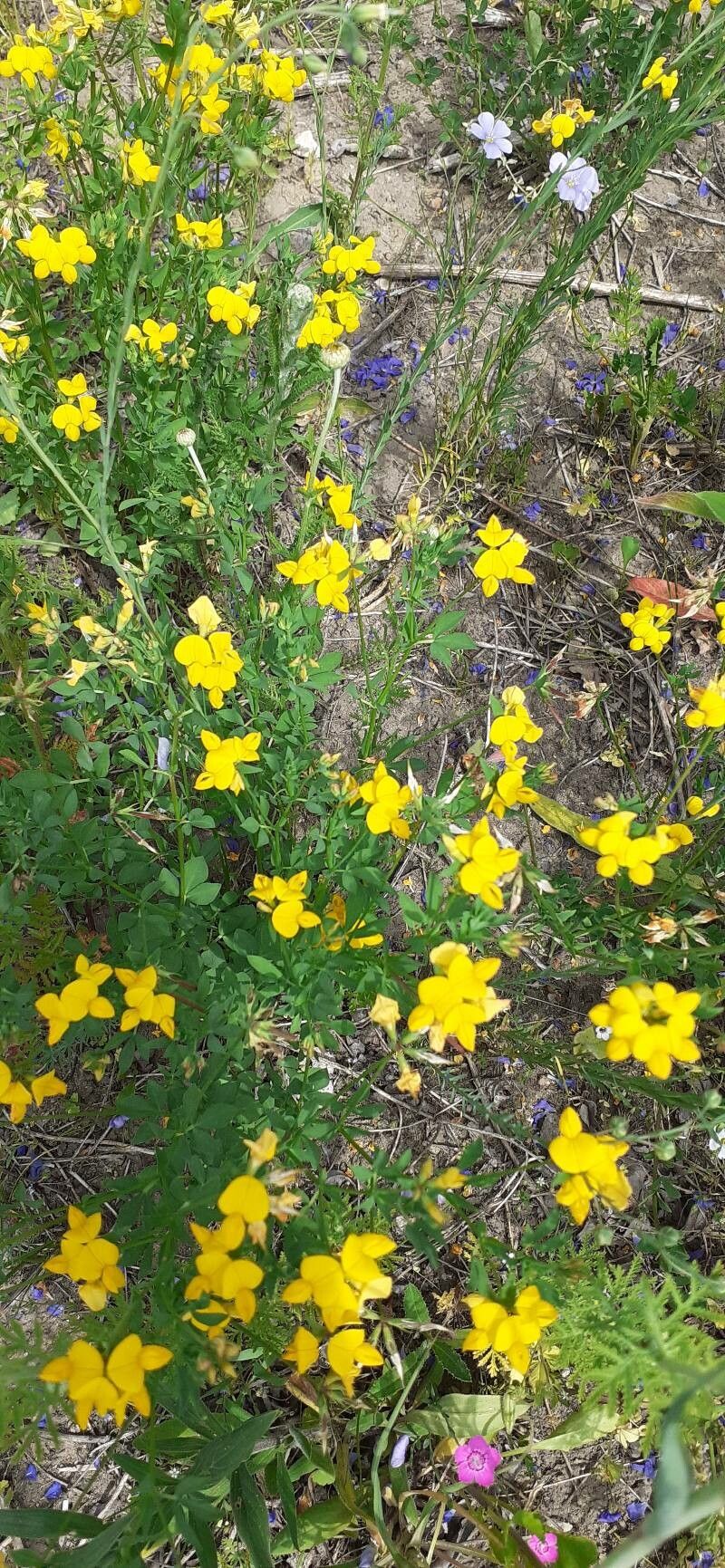### The Majestic Douglas-Fir: A Comprehensive Guide
The Douglas-fir (Pseudotsuga menziesii), a member of the Pinaceae family, is a magnificent evergreen conifer renowned for its impressive size, striking appearance, and significant ecological importance. This comprehensive guide will delve into the key aspects of this iconic tree, from its identification to its cultivation and care.
### Identification
Recognizing a Douglas-fir is relatively straightforward. Look for its distinctive pendulous cones, characterized by three-pronged bracts that extend beyond the cone scales, giving them a unique, almost spiky appearance. The needles are flat, soft, and fragrant when crushed, emitting a citrusy scent. The bark is thick and deeply furrowed, often reddish-brown in color, especially on mature trees.
### Habitat and Growth
Douglas-firs thrive in a variety of conditions, demonstrating remarkable adaptability. They prefer well-drained, slightly acidic to neutral soil, but are tolerant of various soil types. Full sun is ideal, although they can tolerate some shade, especially when young. They exhibit a rapid growth rate, particularly in their early years, making them a popular choice for landscaping and forestry.
### Planting and Care
Planting a Douglas-fir is best done in spring or fall. Dig a hole twice as wide as the root ball, ensuring good drainage. Amend the soil with organic matter to improve its structure and water retention. Water regularly, especially during dry periods, particularly in the first few years after planting. Regular fertilization is beneficial, particularly in nutrient-poor soils. Pruning should be minimal, focusing on removing dead or damaged branches.
### Pest and Disease Management
Douglas-firs are relatively resilient, but they can be susceptible to certain pests and diseases. Common issues include root rot in poorly drained soils, and attacks from insects like bark beetles and aphids. Regular monitoring for signs of infestation is crucial. Prompt treatment with appropriate insecticides or fungicides is necessary to prevent significant damage. Maintaining good soil drainage and overall tree health is the best defense against disease and pest problems.
### Uses and Importance
Douglas-fir has immense economic and ecological significance. Its strong, durable wood is highly valued in construction, making it a vital resource in the lumber industry. It's also used in paper production and furniture manufacturing. Ecologically, Douglas-firs play a crucial role in supporting diverse ecosystems, providing habitat for various wildlife species.
### Conclusion
The Douglas-fir stands as a symbol of strength and resilience, a majestic tree with profound ecological and economic importance. With proper care and attention, these impressive conifers can thrive in a variety of settings, enhancing landscapes and enriching ecosystems for generations to come. Understanding their needs and characteristics empowers us to appreciate and protect this iconic species.
Douglas-Fir: Planting, Care & Identification Guide

Frequently Asked Questions
How fast do Douglas-fir trees grow?
Douglas-fir trees exhibit a rapid growth rate, especially in their early years. Growth rate can vary depending on factors such as soil quality, sun exposure, and overall climate.
What are the best conditions for planting a Douglas-fir?
Douglas-firs thrive in well-drained, slightly acidic to neutral soil and prefer full sun exposure. Planting in spring or fall is recommended.


